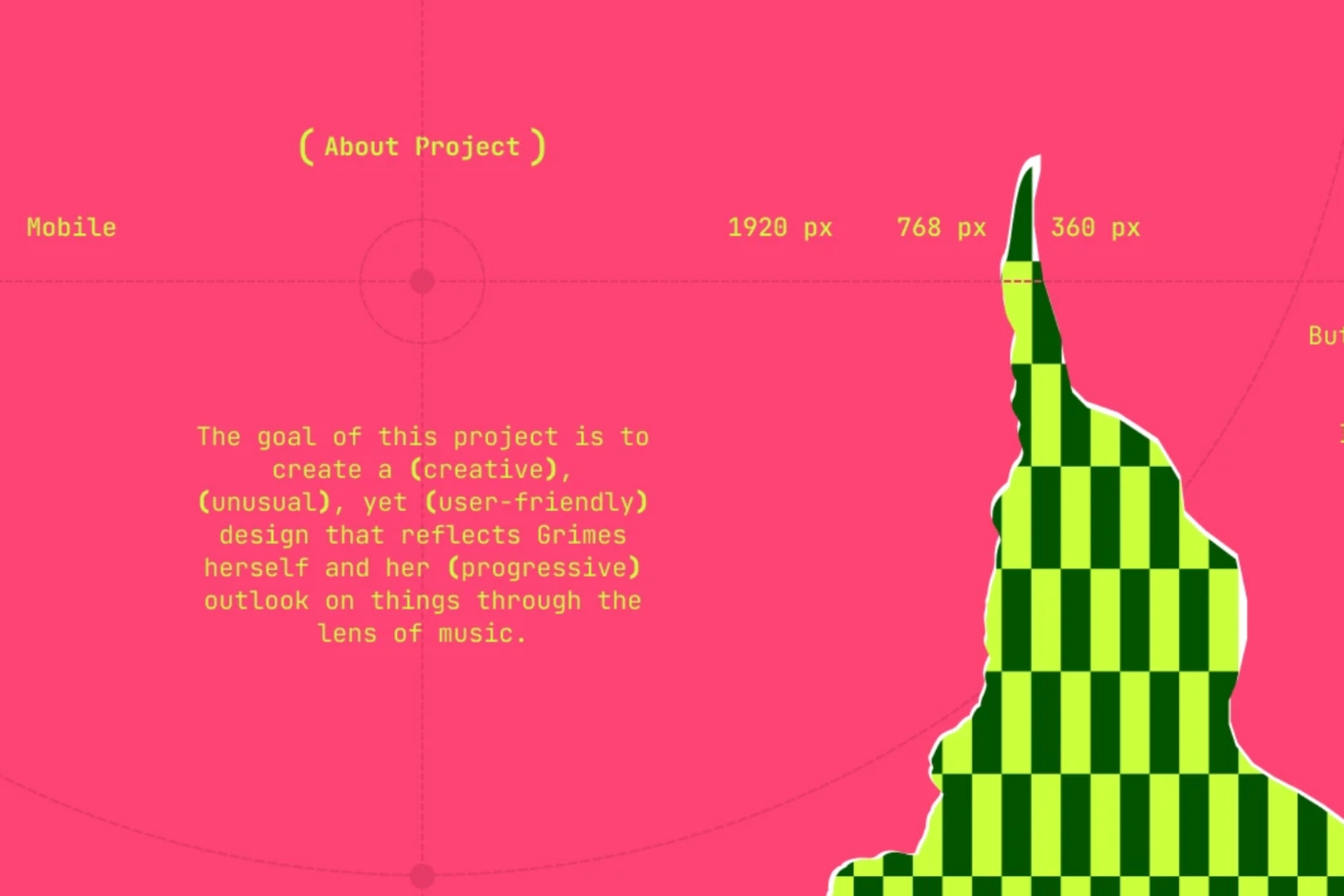The Future of User Experience (UX): Designing for Attention, Not Just Function
As digital competition intensifies, one thing becomes clear: function alone is no longer enough. In 2025, user experience (UX) has evolved into something deeper: it's about commanding attention, building emotion, and leaving a lasting impression.
Modern UX is no longer just about smooth navigation or intuitive menus. It's about understanding human behavior at a granular level, how users think, what makes them act, and why they stay. Designers today are crafting experiences that don't just serve a purpose, but capture curiosity.

Micro-moments have taken center stage. Subtle animations, interactive feedback, personalized flows they all work together to keep users engaged in seconds that matter most. Every scroll, click, or pause is now an opportunity to spark interest or guide decision-making.
Designers are also tapping into psychological triggers. Colors are chosen not just for brand consistency, but for emotion. Typography isn't just about readability, it's about tone. Layouts are built with hierarchy and rhythm to create a visual path users follow instinctively.
People ignore design that ignores people.
Frank Chimero
And then there's the invisible side of UX: performance. Speed, responsiveness, and seamless cross-device interaction form the backbone of trust. Users may never comment on fast-loading pages or responsive layouts but they'll leave instantly if it's missing.
As attention spans shrink, UX in 2025 focuses on doing more with less. Clean interfaces, smart interactions, and minimal friction are what define modern digital experiences. It's no longer about keeping users on the page, it's about giving them a reason to come back.
